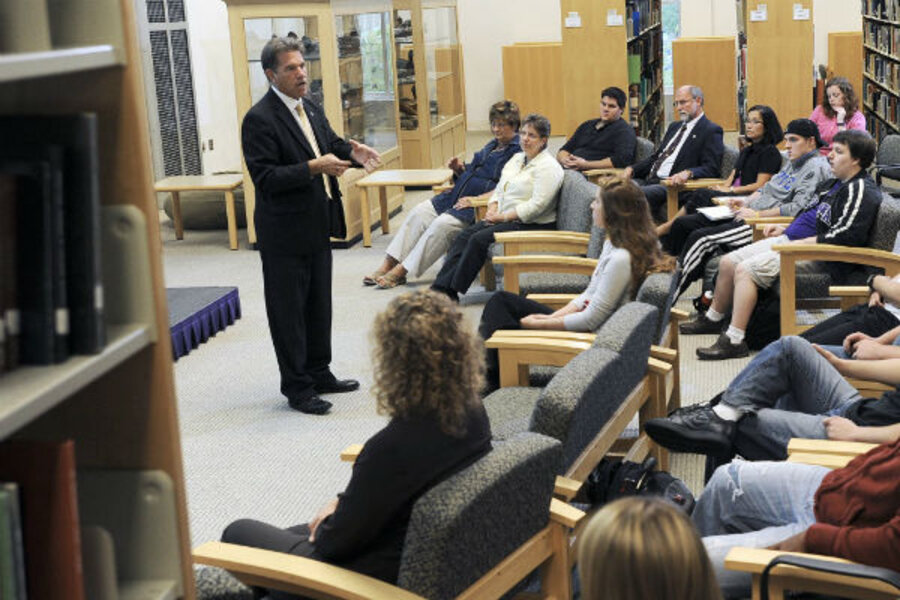The third Upper Midwest state on the list, Minnesota has had the highest voter turnout in 12 of the past 16 elections, including the past eight straight. Minnesota’s average eligible voter turnout in the past six elections – 67.6 percent – is 16.4 percentage points higher than the national average.
Minnesota Secretary of State Mark Ritchie attributes the state’s consistently high rating to state policies and an emphasis on reducing barriers to voting access.
The most effective policy is same-day registration, Ritchie says.
“It’s clearly a critical factor,” he says. “Election Day registration can increase voter turnout by 500,000 people in a presidential election year. And more than 60 percent of Minnesotans have taken advantage of it in their lifetime.”
When Ritchie was elected secretary of state six years ago, he focused on educating Minnesotans on the “nuts and bolts” of voting. Election officials go to high school civics classes or assemblies, and they bring voting machines to the state fair to show people how easy it is.
Beyond policies that enable higher turnout rates, Ritchie says Minnesotans are very patriotic. Minnesota was among the first states to respond to President Lincoln’s call for troops during the Civil War. Voting touches deeper motivations of service and stewardship.
“Minnesotans do love this place we call home,” Ritchie says. “It’s our responsibility to take care of this place, and voting is one of the ways we do that.”
Minnesota also has a history of third-party candidates winning high offices and close elections: Jesse Ventura’s 1998 gubernatorial victory for the Reform Party and the contested 2008 Senate race between Al Franken (Democratic-Farmer-Labor Party) and Norm Coleman (Republican).
“Minnesota is a state firing on all cylinders,” Michael McDonald, associate professor at George Mason University, writes in a 2010 US Elections Project report. “The prescription for higher levels of voter participation in the United States is thus clear. Do what Minnesota does: make it easy for people to vote, educate your citizenry, and hold interesting elections.”








